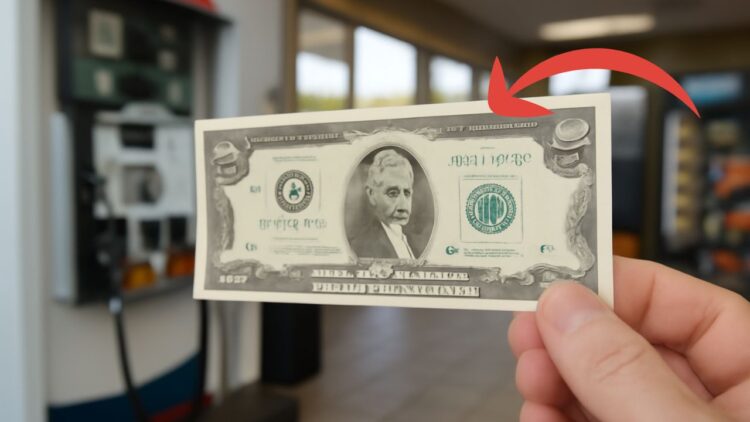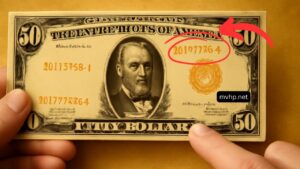In a surprising turn of events, a seemingly ordinary $2 bill found as change at a gas station has been appraised at a staggering $2.612 million.
This discovery has captivated collectors and enthusiasts alike, highlighting the immense value that certain rare currency notes can possess.
The Significance of the $2 Bill
Historical Background
The $2 bill, often overlooked in everyday transactions, has a rich history. Introduced in 1862 during the Civil War, it was part of the government’s efforts to finance the war.
Over the years, the $2 bill has undergone various design changes, with the 1976 series being one of the most notable due to its bicentennial theme.
Rarity and Collectibility
Despite its historical significance, the $2 bill has never been widely circulated. Factors such as its perceived rarity and unique design have made it a subject of interest among collectors.
Certain series and errors have further enhanced its desirability, making some bills worth significantly more than their face value.
The Discovery: From Gas Station to Million-Dollar Find
The Encounter
The journey of this particular $2 bill began when a customer received it as change at a local gas station. Initially, it appeared to be just another note, but upon closer inspection, its unique features became apparent.
Expert Appraisal
Upon consulting with currency experts, the bill was identified as part of the rare “Grand Watermelon” series. This series is renowned for its distinctive green zeros on the reverse side, resembling watermelons, which is a printing error that occurred during production. Such errors are exceedingly rare, making this bill a highly sought-after collector’s item.
Factors Contributing to the Bill’s Value
Uncirculated Condition
The bill’s pristine condition played a crucial role in its valuation. Being uncirculated means it has no folds, creases, or other signs of wear, which is a rare find for a note of its age.
Unique Serial Number
The serial number on the bill further adds to its uniqueness. Collectors often seek out notes with specific patterns or sequences in their serial numbers, and this bill’s number aligns with such sought-after patterns.
Printing Error
The “Grand Watermelon” error, characterized by the oversized green zeros, is a significant factor in the bill’s high value. Such errors are considered anomalies in the printing process and are highly prized by collectors.
Comparative Analysis: Similar Finds
While this $2 bill is exceptionally rare, it is not the only one of its kind. Other bills from the “Grand Watermelon” series have also fetched impressive amounts at auctions.
For instance, another bill from the same series sold for over $2 million, underscoring the high demand and value of these unique notes.
Key Features of the Rare $2 Bill
| Feature | Description |
|---|---|
| Series | Grand Watermelon (1890) |
| Condition | Uncirculated |
| Serial Number Pattern | Unique sequence |
| Printing Error | Oversized green zeros on reverse side |
| Estimated Value | $2.612 million |
This remarkable discovery serves as a testament to the hidden treasures that can be found in everyday transactions.
It underscores the importance of paying attention to details and recognizing the potential value in seemingly ordinary items. For collectors and enthusiasts, it is a reminder that sometimes, the most valuable finds come when least expected.
FAQs
What makes the “Grand Watermelon” $2 bill so valuable?
The “Grand Watermelon” $2 bill is valuable due to its rare printing error, which resulted in oversized green zeros on the reverse side. This anomaly makes it a highly sought-after item among collectors.
How can I identify a rare $2 bill?
To identify a rare $2 bill, look for unique serial number patterns, printing errors, and the bill’s condition. Consulting with currency experts or referring to reputable guides can also aid in identification.
Are there other rare $2 bills worth significant amounts?
Yes, other rare $2 bills, especially those with unique errors or low serial numbers, have been known to fetch significant amounts at auctions. Each bill’s value depends on factors like rarity, condition, and collector demand.




